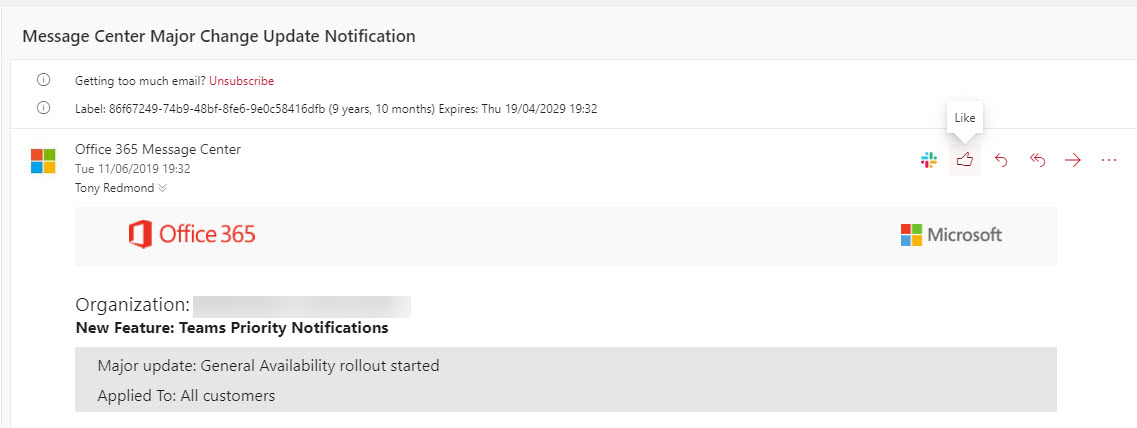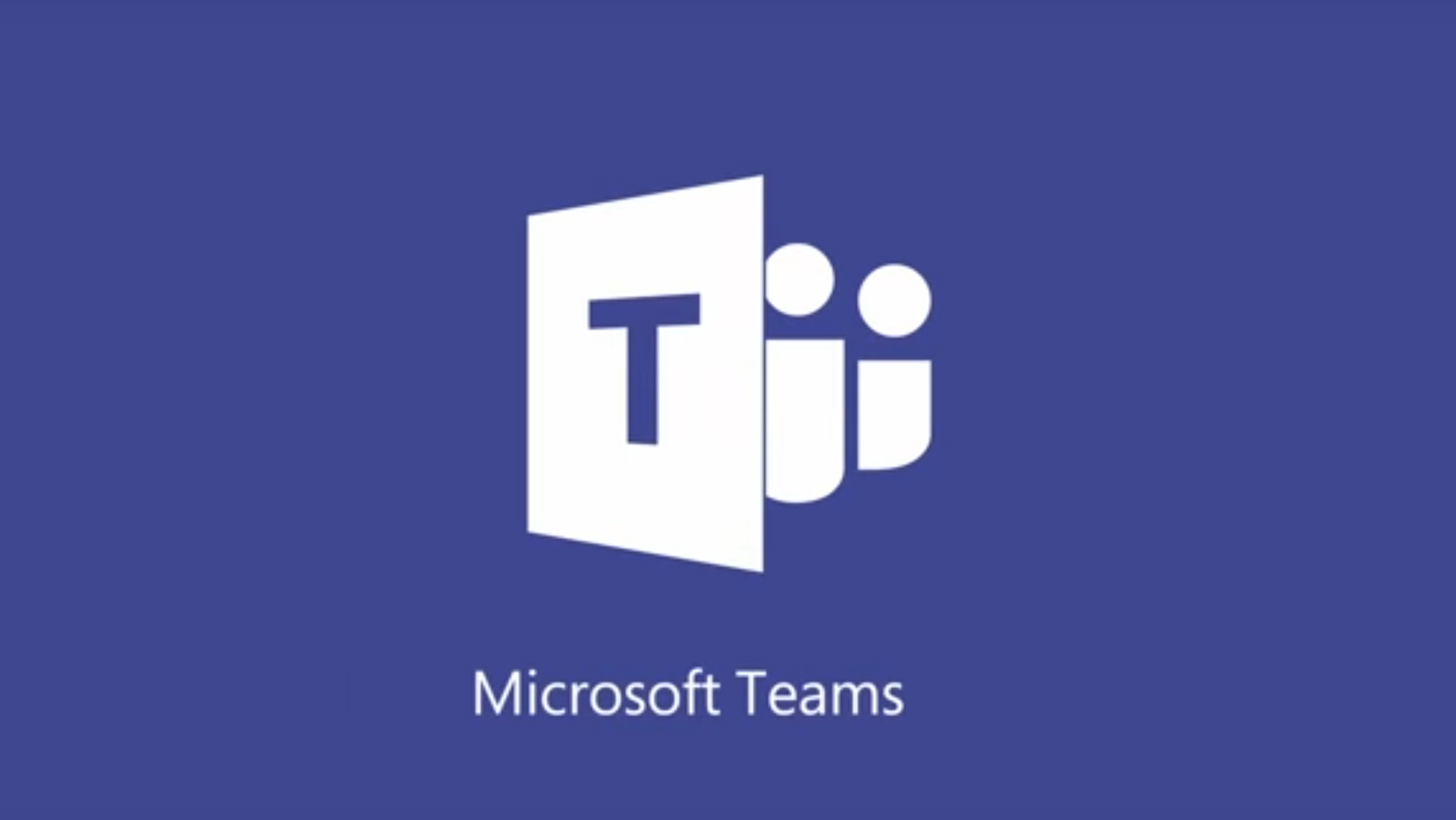Email, Teams, and Expressing Reactions with Likes
Likes and Me
When Microsoft announced in 2015 that Outlook and OWA were to support likes, I wasn’t impressed, perhaps because I wasn’t much into the social side of communications. Thankfully, Microsoft’s original intention to bring likes to Outlook 2016 never materialized for email, despite the pleadings on User Voice for such a feature. Outlook 2016 does support likes for messages in Office 365 Groups conversations.
Four years on, I’m still underwhelmed with likes in email and can’t recall the last time I marked a message with a like. The thumbs-up icon (Figure 1) is sadly underused by me.

Teams and Likes
Of course, OWA isn’t the only Office 365 application that seeks approval through likes. Teams has supported the ability to like personal chats and channel conversations since its launch. Indeed, the chatty and more informal nature of Teams lends itself to indicating approval of a message with a quick like.
But now, Microsoft has introduced more choice in the emotions you can express in reacting to a message. Instead of just “like,” you can respond with “heart” (as in “I love this message”), “laugh”, “surprised”, “sad”, and (for people like me) “angry” (Figure 2). The new array of reactions is now available in all Teams clients.

The decision process to know precisely which the most appropriate icon to select is interesting. Where, for instance, is the dividing line between “like” and “heart” when approving a message? What would push you from “sad” to “angry”?
And how will the author of the message react when they see how I respond? The binary nature of the previous like is replaced by a subtle spectrum of liking. I wonder if the author of the topic shown in Figure 3 would have been more pleased by getting 84 likes instead of the 65 likes, 18 hearts, and 1 laugh they accumulated. It’s a social communications minefield.

Praising in Teams
Teams has other ways of showing approval too. A recently introduced feature allows people to praise others. All in all, Teams is rapidly becoming the happiest collaboration place on earth. Or at least, in Office 365.
Compliance and Likes
On a more serious vein, compliance officers need to know that the Teams compliance records captured in Exchange Online mailboxes do not include likes. This fact was highlighted by a report last January and Microsoft has committed to including the data in compliance records later this year.
This oversight is important for compliance purposes. The fact that someone reacted to a message with a like (or even by being angry) is good evidence that they read and understood the content. Investigators miss these signals when they look for evidence of wrongdoing in Teams compliance records and including reactions in the compliance records is an important step forward.
Backup and Teams
In passing, I note that some backup vendors say that they support Teams by backing up the compliance records from Exchange. The statement is inaccurate. It’s OK if you understand it to mean that they can backup partial copies of conversations in a manner where the conversations cannot be restored with full fidelity. It’s not if you want backups because you need them to meet regulatory or legal requirements. The kindest interpretation I can give is that these vendors don’t understand Teams.
Do I Like?
As it happens, I do use likes with Teams because it is a quick and effective acknowledgement of a message. I don’t need to type “OK” or “Seems good to me” or any of the other inanities that often travel in email responses. Likes just work better in Teams threaded conversations where everyone uses the same clients. Likes can be abused too, as when someone likes every message in a thread to create a situation where you really don’t know what they think.
Likes don’t work in email. Too many email systems, too many protocols, too many chances of a like being dropped in transit. And maybe too many grizzled old grumpies who are waiting for that angry reaction to be supported.




